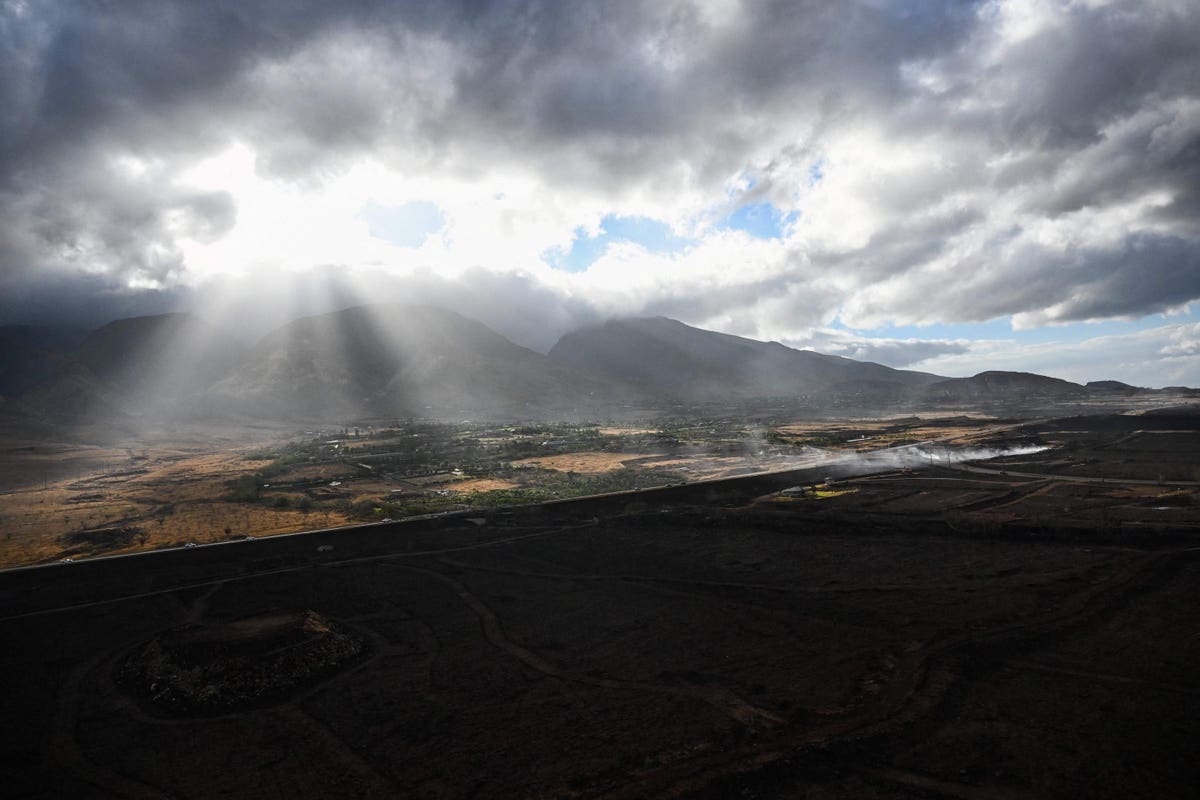The loss of human life far overshadows all other impacts of wildfire disaster in Lahaina, Hawaii. Investors who were far removed from physical danger, however, have also been harmed. It has been suggested that Hawaiian Electric Industries failed to take appropriate safety precautions despite warnings of high winds and dangerous fire conditions. In light of the massive liability that could result, the utility’s shares plummeted by 54% between August 11 and August 15, 2023.
An unusually sharp reaction to the Lahaina calamity also occurred in the area of credit ratings. Standard & Poor’s downgraded Hawaiian Electric all the way from BBB- to BB-, three rating notches at once. By contrast, it took four separate moves of one notch each for the rating agency to lower Hawaiian Electric from A to BBB- between 1988 and 2010: A to A-, A- to BBB+, BBB+ to BBB, and BBB to BBB-.
Ironically, Fitch Ratings just got through Upgrading Hawaiian Electric—from BBB+ to BBB on July 28, 2023. (Moody’s withdrew its rating in 2014.)
S&P’s three-notch whack is a demonstration of the importance of “event risk”—a term coined by Paul Ross and John Kollar at Salomon Brothers in the mid-1980s. That was only a few years after the rating agencies introduced modifiers (+/- at S&P and 1,2,3 at Moody’s), based on a feeling that moving an entire rating grade (A to BBB, for example) all at once constituted too radical a change.
Then came leveraged buyouts. The huge increases in debt-to-capital ratios resulting from those transactions led to drastic overnight downgrades, from A to BB for example. In addition, environmental catastrophes, a comparatively new factor in credit ratings at that time, sometimes called for downgrades of considerably more than a single notch.
Noteworthy, too, is where Hawaiian Electric’s S&P rating now stands. Ratings in the speculative grade category (Ba1/BB+ or lower) are historically and currently a rarity among electric utilities. The industry has traditionally been considered classically defensive. It provides a service that consumers need, whether the economy is booming or in recession. The companies are granted monopoly-like privileges and government rate-setters are charged with ensuring that they earn a fair return on their capital.
When I traded electric utility bonds in the 1970s, a few issuers were rated as high as Triple-A, many were Double-A, and downgrades to less than Triple-B resulted only from extremely unusual events such as the Three Mile Island nuclear disaster involving Public Service Company of New Hampshire.
Even now, the Bloomberg database indicates that only two publicly owned regulated electric utilities represented in the ICE BofA U.S. High Yield Index have ratings of less than Baa3 or BBB- at the company level.
· First Energy is only barely speculative grade: Ba1 with a Positive outlook at Moody’s, non-rated by S&P, and BBB- by Fitch Ratings.
· PG&E Corp. is on the way back from the wildfire-related bankruptcy that led to its downgrading to D by both S&P and Fitch Ratings in 2019. The company-level ratings are currently Baa2 Positive/BB- Stable/BB+ Stable at Moody’s, S&P, and Fitch, respectively.
The loss of life in Lahaina is rightly people’s foremost concern about the Lahaina wildfire. Fixed income investors, however, should also draw an important lesson: Even the most thorough credit analysis cannot entirely shield a bond corporate portfolio from drastic rating downgrades. Spreading risk by industry and by issuer is an essential supplement to rigorous securities research.
Read the full article here


